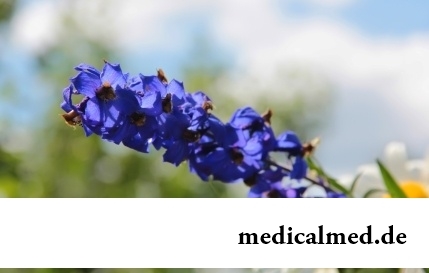





Fenilketonuriya
Short characteristic of a disease
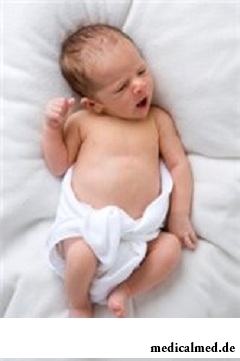
Fenilketonuriya is a hereditary disease which is characterized by disturbance of protein metabolism.
For the first time this disease was found in 1934. Fenilketonuriya is inherited on type so-called autosomal recessively, that is at absolutely healthy parents (carriers) children sick with a fenilketonuriya can be born.
Types of a fenilketonuriya
There are 3 types of this disease.
Fenilketonuriya of the first type – is characterized by deficit in an organism of enzyme of a phenylalanine-4-hydroxylases. Thanks to this enzyme amino acid phenylalanine turns into tyrosine. The fenilketonuriya of this type is most often inherited (in 98% of cases).
Fenilketonuriya of the second type – is characterized by a lack of such enzyme as dihydropteridinereductase. Patients with a fenilketonuriya of the second type have spasms and mental retardation. This type of a fenilketonuriya occurs at children quite seldom (1-2%), but usually leads to death at 2-3-year age.
Fenilketonuriya of the third type – is characterized by deficit of tetrahydrobiopterine. Symptoms of a fenilketonuriya of this type include mental retardation owing to a nanocephalia – reduction of volume of a brain.
Fenilketonuriya reasons
Mutations of the gene which is on the 12th chromosome are considered as the main reasons for development of a fenilketonuriya in children. Related marriages increase risk of emergence of anomaly.
At deficit of certain enzymes increase in blood of derivatives of phenylalanine which have the poisoning effect on a nervous system of the child is observed. Fenilketonuriya is inherited approximately equally both by boys, and girls.
Fenilketonuriya symptoms
Symptoms of a fenilketonuriya are shown not at once. In most cases, it is almost impossible to suspect a fenilketonuriya at children right after the birth. By sight the child looks healthy, is born in time and with a normal weight. But in several weeks fenilketonuriya symptoms are shown. Severe vomiting is considered the main symptom of a disease. During the period from two to six months, both mother, and the treating doctor can notice lag of the child in mental and physical development.
The children sick with a fenilketonuriya, after other peers begin to sit and go. Also explicit symptom of a fenilketonuriya is the increased perspiration with a characteristic "mouse" smell of sweat. Spasms, irritability, slackness, a capriciousness and tearfulness, reduction of the size of the head, an enanthesis are observed. At the children sick with a fenilketonuriya, teeth are late cut through.
With development of a fenilketonuriya the muscle tone raises that is characterized by a certain pose at the child which is called still "the tailor's pose" (the hands bent in joints and legs).
Treatment of a fenilketonuriya

The only treatment of a fenilketonuriya is observance of a diet which needs to adhere more than ten years after diagnosis. The children sick with a fenilketonuriya cannot acquire a large amount of phenylalanine therefore there are certain norms of its consumption which depend on age. The child up to two months can consume no more than 60 mg/kg of mass of phenylalanine, and children are more senior than six years – no more than 10-15 mg/kg.
As for breastfeeding then it is necessary to follow the strict rules. Mother has to control amount of breast milk which is drunk by the child. Therefore for feeding it is necessary to use only the decanted milk and in quantity which is authorized for a certain age of the child. For this purpose there are special tables with norms of consumption of phenylalanine, and also a formula of calculation of amount of breast milk in day. Finish feeding the child special mixes which do not contain phenylalanine.
Introduction of a feeding up at children with a fenilketonuriya is begun with fruit and berry juice. As firm food offer the child vegetable purees without milk addition. Use protein-free grain and nonmilk porridges on the basis of rice or cornmeal.
Treatment of a fenilketonuriya by means of food includes refusal or very limited consumption of such products as fish, meat, bakery products, sausages, cottage cheese, eggs, chocolate, bean, nuts and grain. These products contain a large amount of protein. Fruit and vegetables enter into a diet taking into account calculation of amount of phenylalanine in them.
Medicinal treatment of a fenilketonuriya assumes reception of vitamins, drugs of calcium, iron and phosphorus. Administration of drugs for improvement of cerebral circulation, microcirculation and fabric exchange is also shown. Recommend occupations physiotherapy exercises and massage.
If your liver ceased to work, death would come within a day.

Scientists always aimed to offer fundamental explanations for medical problems. Their theories formed the basis of modern methods is treated...
Section: Articles about health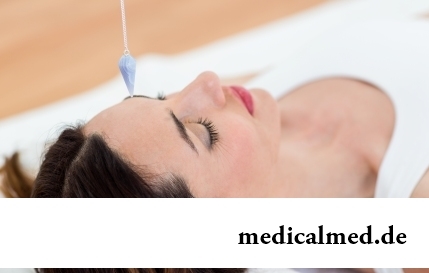
Practice of hypnotic impact on consciousness of the person contains about two millennia. During this time scientists managed to learn a lot of things about a phenomenon of hypnosis and learned to facilitate a condition of the patients having heavy illnesses with its help....
Section: Articles about health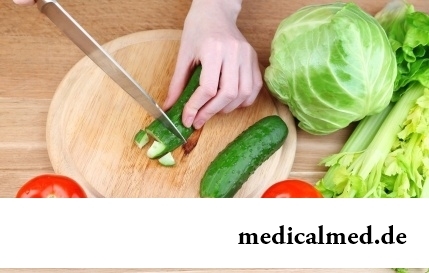
Very often as a source of the infection which caused a disease serves our house - the place which a priori has to be safe. However disease-producing bacteria can perfectly feel not only in insanitary conditions, but also in our apartment if not to carry out due care of favourite places of their dwelling. What they − sources of their reproduction? Let's consider 10 most widespread places in our house, the most dangerous from the point of view of infection with microorganisms....
Section: Articles about health
Smack in a mouth can arise in the natural way – as a result of lack of morning hygiene or reception of the corresponding food. Odn...
Section: Articles about health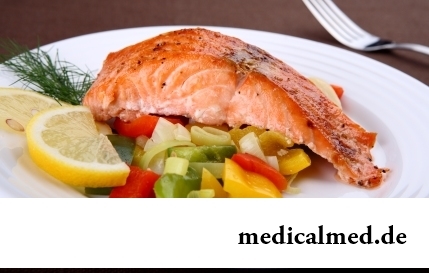
Diseases of joints often begin imperceptibly for the person. The first stages of destruction of the cartilaginous tissue providing soft and free sliding of heads of bones in joint bags proceed slowly and absolutely without serious consequences. Especially unpleasantly for that this пр...
Section: Articles about health
Radiological methods of a research are applied in medicine more than hundred years, and thanks to them millions of lives were saved. In many cases without X-ray it is impossible to make exact idea of a condition of bodies and fabrics, it is correct to make the diagnosis. Nevertheless, many myths about researches such continue to exist. Let's consider the most widespread of them....
Section: Articles about health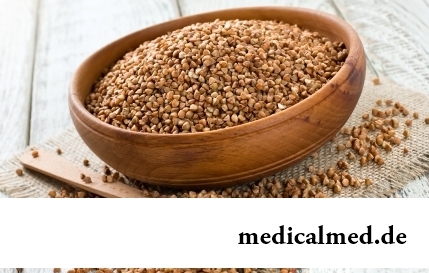
History of cultivation of a buckwheat contains more than five thousand years. Grain which is received from this plant is used for пригото...
Section: Articles about health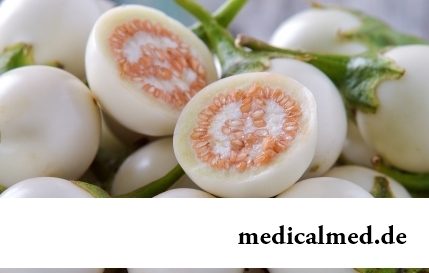
It is possible to find the extensive range of fruit and vegetables in modern shops. Russians already got used that on counters there is not only a seasonal domestic production, but the vegetables and fruit which are grown up in the countries with more comfortable conditions at all seasons of the year...
Section: Articles about health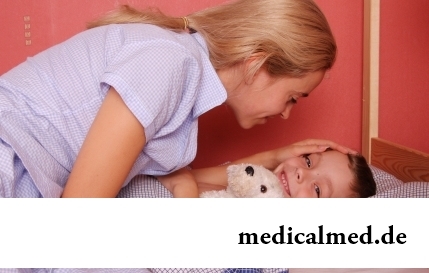
Neurosis is called pathology of a nervous system at which deviations in functioning of the highest nervous processes are observed. Most often - owing to yet not strengthened mentality - children are subject to neurosises. The unhealthy, hostile atmosphere in collective, a family, the strong and sharp shock, and also a set of other factors which negatively influence the little person who did not learn to overcome stresses yet can become premises to emergence of such disturbances....
Section: Articles about health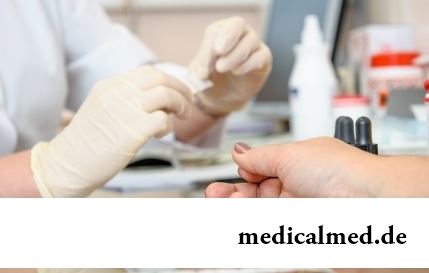
Each person knows that fervescence is an illness sign. However about existence of diseases can to suite...
Section: Articles about health
The healthy nutrition is the invariable principle of health and good health for long years of the woman. Nevertheless, in a diet at each stage of life there are the features allowing to support an organism by those substances which are most necessary...
Section: Articles about health
From sexual contacts each person can test insufficiently strongly expressed sexual desire or lack of satisfaction from time to time. However when it happens regularly, it is an occasion to think about health. Most of people does not hurry to ask similar questions physicians: one consider that they will be able to cope with malfunctions independently, others hesitate to report to strangers about so delicate problems and hope that troubles will stop by itself....
Section: Articles about health
(Xerostomia) many people consider feeling of a xerostomia small and easily removable inconvenience. This delusion...
Section: Articles about health
Olive oil – the product capable to make a powerful contribution to health of the person if it includes it in the diet. The rich vitamin composition of oil does it by a product number one from many diseases including from deadly. Only two tablespoons...
Section: Articles about health
For the last decades the diabetes mellitus of the second type became really world problem. The number of cases annually increases, and average age of patients for whom the illness is diagnosed, steadily decreases. Specialists consider that one of the main reasons for this trouble is disturbance of a diet. In other words, the huge number of people regularly overeats or excessively is fond of the products causing glucose exchange process failures....
Section: Articles about health
The sudden heat on all body which is followed by perspiration and a cardiopalmus – the phenomenon familiar to many people. Most often t...
Section: Articles about health
The cosmetics intended for improvement of a condition of skin, nails and hair are used by each woman. Expenses on regular acquisition of the fashionable widely advertized products of well-known companies for many become very notable and significantly to an obrema...
Section: Articles about health
It would seem, about it there can be no disagreements: water is necessary for a human body for normal life activity, and about how and when it should be drunk, all know. It turned out that the situation is not absolutely so: for many years there are very persistent delusions connected with this question. Let's consider the most widespread of them....
Section: Articles about health
The nature does not stand stagnation and monotony. It is known that tissues of a human body atrophy if do not receive necessary loadings...
Section: Articles about health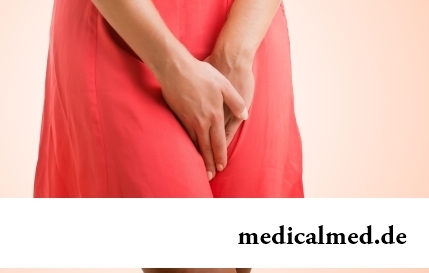
Statistically cystitis 25-30% of women up to 40 years have. With age this indicator raises, besides many do not get to statistics because do not see a doctor. The most sad that after the regular visits to doctors, long reception of antibiotics...
Section: Articles about health
Nightmares belong to the most unpleasant frustration. Statistically, they happen at 4% of adults, and almost at 70% of children and teenagers. During a nightmare of people dreams himself in extremely difficult, life-threatening situation. He wakens suddenly, in a condition of a fright, and, as a rule, remembers the dream distinctly. The feeling of depression and alarm does not release throughout the day, creating hindrances for work and normal communication. If such episodes repeat often, can р...
Section: Articles about health
Separate food - the system of meal based on digestion physiology which is carried to improvement methods. In opinion д...
Section: Articles about health
What woman does not dream of a beautiful and thick hair? While physicians developed difficult schemes on hair transplant, in the industry of hairdresser's art a few years ago there was a sensation – methods of hair extension appeared. It would seem, dreams came true...
Section: Articles about health
The business lady, the become mother, it is necessary to solve an array of problems. But of them is main: how to combine the beloved child and work? What traps trap the working mother and how she needs to behave?...
Section: Slideshow
Each woman has preferences in the field of use of those goods which help us to look good, feel се...
Section: Articles about health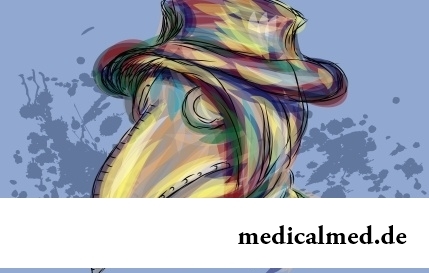
History of mankind contains several tens of epidemics whose emergence was compared by eyewitnesses and historians to doomsday. The most terrible of them claimed the lives of millions of people, having made even the whole people to the person of the earth. What they − the diseases striking terror? Daringly...
Section: Articles about health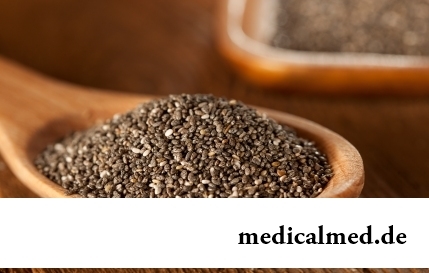
The chia plant, or the Spanish sage, is from South America. The indigenous people of the continent since ancient times used its seeds in food: small, but very nutritious kernels, in a form the reminding fasolina. Indians knew about useful properties of seeds of a chia, and applied them to maintenance of vitality and increase in endurance before serious exercise stresses....
Section: Articles about health
